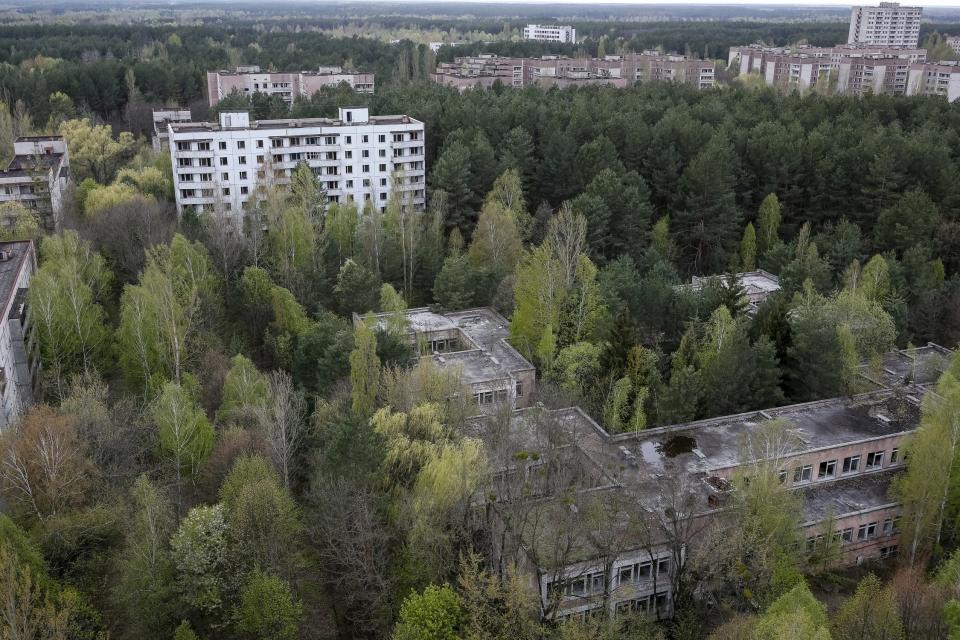Wolves in the Chernobyl radiation zone developing resistance to cancer, says study

Chernobyl wolves are growing resistant to cancer despite their high radiation exposure.
The wolves are exposed to six times the legal safety limit of radiation for humans.
Decades after the nuclear disaster, wolves are showing genetic dispositions to cancer resistance.
Wolves in Ukraine's Chernobyl area are developing resilience to cancer, the Society for Integrative and Comparative Biology reports.
A nuclear disaster followed the explosion at the Chernobyl nuclear power plant in April l986 in northern Ukraine, then part of the Soviet Union. It released a large quantity of cancer-causing radioactive material.
Today, its legacy still lingers in the radioactive soil and water in Belarus, Ukraine, and Western Russia.
The gray wolves in the highly radioactive area are exposed to 11.28 milligrams of radiation daily — more than six times the legal safety limit for humans.
However, recent research conducted by Cara Love, an evolutionary biologist and ecotoxicologist at Princeton University, shows how these wolves have adapted to survive in a radioactive environment.
Love's research established that wolves in Chernobyl have altered immune systems, "similar to cancer patients undergoing radiation treatment."
This is important — as scientific research reveals more about radiation resistance, the potential for innovative therapies and preventive measures against cancer grows.
Love and her team visited the Exclusion Zone (CEZ) in 2014, equipping wolves with radio collars to track their movements and monitor radiation exposure in real time.

After the worst nuclear disaster of all time released cancer-causing radiation and irradiated debris into the power plant's surrounding environment, the area was rendered uninhabitable for humans.
About 350,000 people were evacuated from the region after the explosion.
However, almost 40 years after the disaster, wildlife like horses, wolves, forests, and fungi have recolonized the affected zone.
Many studies suggest that animals are thriving in the zone because of the lack of humans.
"The CEZ is a fascinating example of nature's power to rebound from degradation," said Tim Christophersen, who was the head of the United Nations Environment Programme's Nature for Climate branch at the time.
"Nature flourishes when humans are removed from the equation, even after the world's worst nuclear accident," Jim Smith, an environmental scientist, told National Geographic.
Read the original article on Business Insider

 Yahoo News
Yahoo News 
